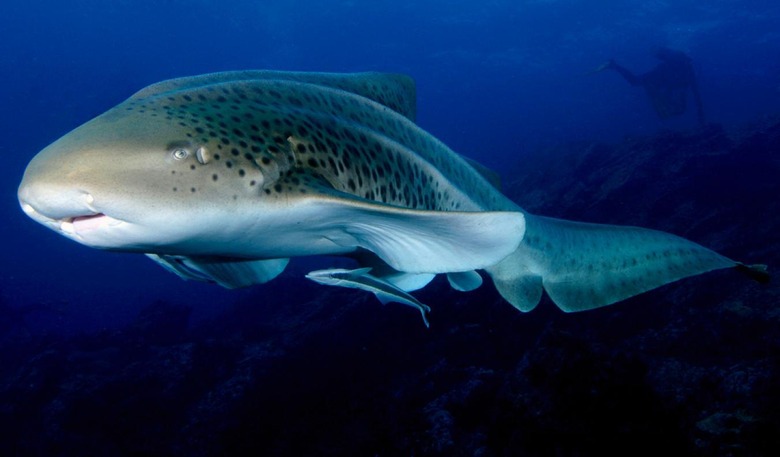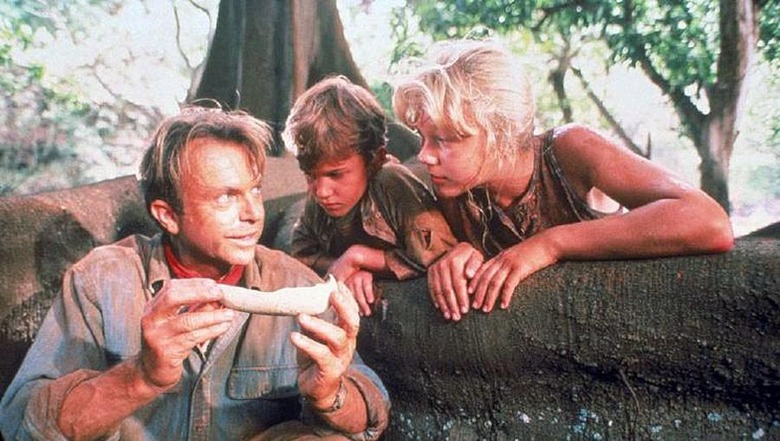First Virgin Births In The Wild Are No Miracle
The endangered small tooth sawfish is discovered to have produced the world's first "virgin births" in the wild. When we first broke news of this wild parthenogenesis yesterday, we received a number of replies on Twitter and Facebook which suggested there was some confusion about how the process occurred. "If this really happened, it's nothing short of a miracle," said one [Name Redacted]. "This is just like those West African Frogs in Jurassic Park," said another commenter, "I can't honestly believe it." In fact while the circumstances might seem positively Hollywood, the reality of the situation is entirely scientific – proven and factual.
The study we're speaking about was published yesterday, Monday the 1st of June, 2015, in the scientific journal Current Biology. In this study, lead author Andrew Fields observed the "virgin births" by accident.
As a geneticist at Stony Brook University in New York, Fields was looking through a database listing of 190 smalltooth sawfish originally tagged in southwestern Florida.
Above (and below) via Naples News, photographed by Eric Staats, you'll see researchers tagging the endangered smalltooth sawfish in Everglades National Park back in 2011. Back then they had no idea they were tagging the Virgin Mary of sharks, so to speak.
In this study, Fields took note of a set of seven of these sea creatures having genes that lined up to such a degree as to suggest they had one single parent. Not two – and not more than one amongst them.
One creature was giving birth, popping out babies without the aid of another.
Virgin births aren't uncommon?
Not actually. Not in captivity, anyway.
Below you'll see an image from Jezebel, where they go over the short History of Virgin Births.

Of particular interest there is the tiger shark by the name of Zebedee, a creature who, according to National Geographic, broke the record for virgin births in captivity in 2012 when she was documented giving virgin births for four years straight.
Of course Zebedee was giving virgin birth in an restaurant.
An aquarium restaurant, to be fair, but IN captivity – that's what's important here.

ABOVE: photograph by Rodget Klein, Getty Images: "A wild zebra shark swims off Thailand (file picture)."
Until now, no animal – shark or otherwise – has been documented to give virgin birth out of captivity.
In the wild.
Parthenogenesis, as it's called, is not a miracle. It's been observed to have occurred in species of birds and snakes as well.
Life finds a way!
While the circumstances might be slightly different, this situation is strikingly similar to what we saw in the original Jurassic Park. There you'll remember our friends the dinosaur lovers finding a nest of tiny dino eggs in an environment where "all the dinosaurs were girls."

"Adaptive significance," this study suggests, is what's attached to this situation.
"It is possible," said Fields, "that parthenogenesis is most often expressed in wild vertebrates when the population is at very low levels and the animals have difficulty finding one another."
Life found a way, indeed.
As mentioned yesterday, this paper is authored by Andrew T. Fields, Kevin A. Feldheim, Gregg R. Poulakis, and Demian D. Chapman.
This research paper is listed under code 10.1016/j.cub.2015.04.018 and can be found with the title "Facultative parthenogenesis in a critically endangered wild vertebrate" in Current Biology.
